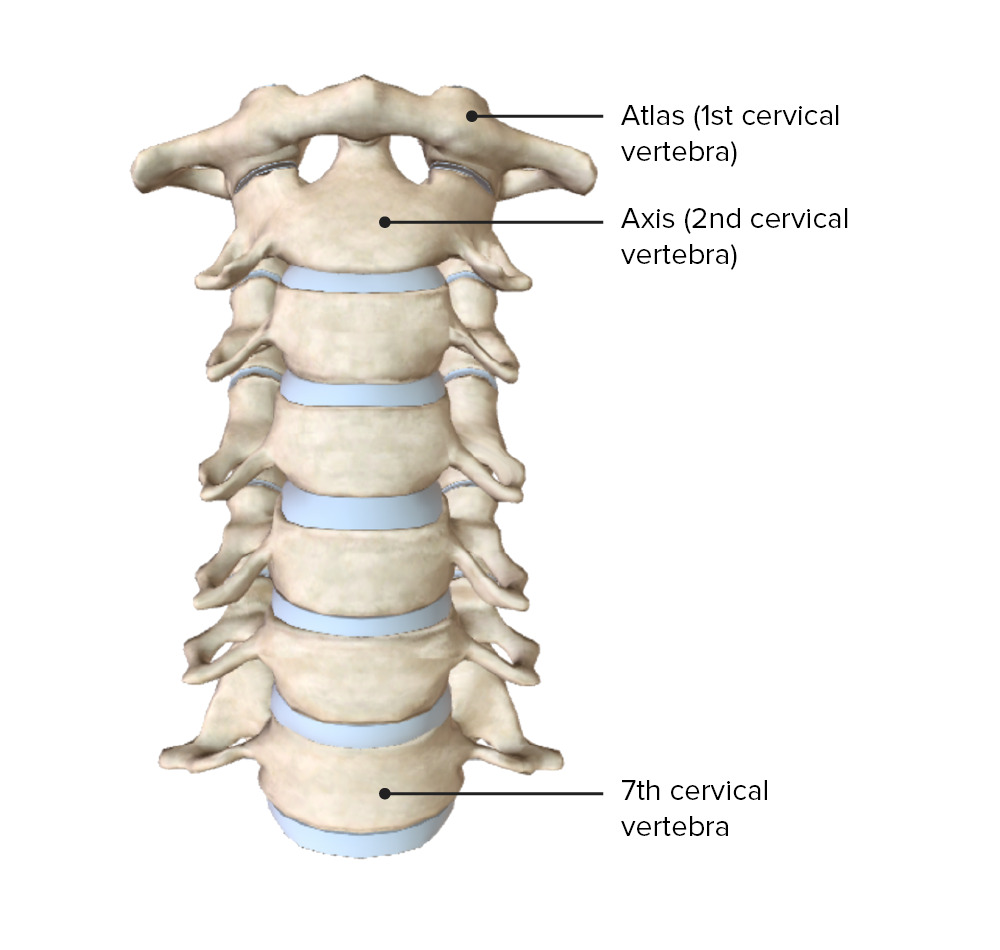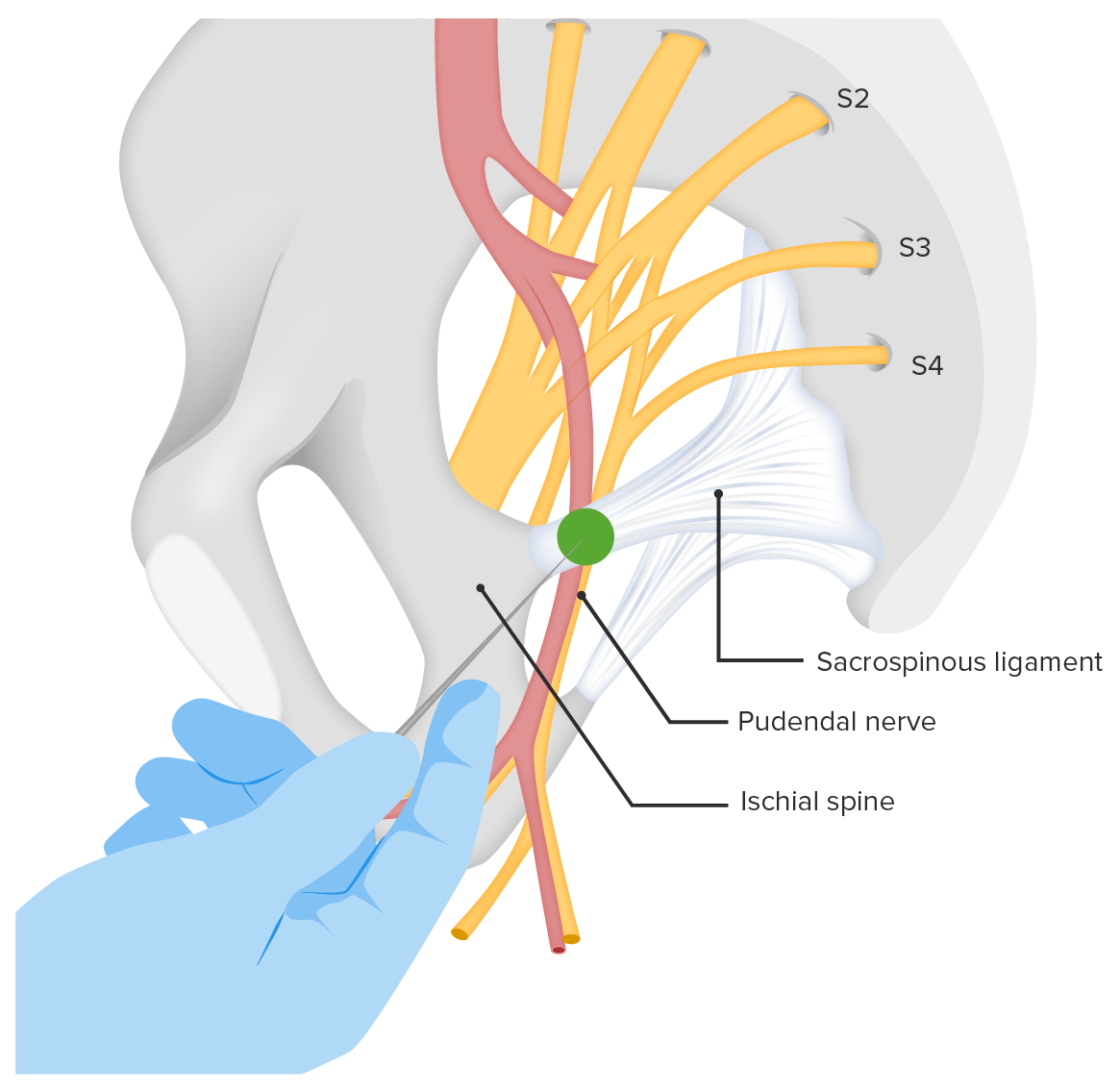Playlist
Show Playlist
Hide Playlist
Spinal Anesthesia and Analgesia – Neuraxial Blocks
-
09 -Neuraxial Blocks.pdf
-
Download Lecture Overview
00:00 So this is what happens with a spinal. 00:02 The needles we use for spinals now are very small needles, and I'll show a picture in a moment of what the tip of the needle looks like, because has been a dramatic change in the shape of these needles over the years. 00:14 But the needles are small, they're very, they're very fine needles. They actually have to be put through an Introducer. So the first thing we do is, we put some local anesthetic in the patient's skin. We place an introducer in the position that we want to pass the spinal needle, and then we pass the spinal needle through the introducer. And, as you become more experienced, you can feel the needle popping through various levels of ligaments. You hit the Ligamentum flavum and you get quite a big pop. And then you advance just a tiny bit more, that 2 or 3 millimeters that I mentioned before, and you can feel another pop. And at that point, if you take the stylet out of the needle, you get cerebral spinal fluid coming out as you can see in this picture. 01:02 As soon as that happens, you disconnect the syringe, you take a syringe that's already been pre-loaded with a local anesthetic, you attach it to the spinal needle, and you inject it. And within seconds, the patient will note that the bottom and the legs are warming up. And within a very few minutes the legs and the middle part of the body just simply disappears. So these are two types of spinal needles. The one in the middle is called a Quincke needle. And this is an old fashioned needle, although we still use it in some situations. They tended to be larger needles, but you can see that the tip of the needle is sharp, and you may not be able to tell from the picture, but that whole area around the hole in the needle tip is a cutting edge, and it will cut through tissues very easily. 01:50 The problem with this needle is that, it caused holes that were big enough for cerebral spinal fluid to continue to leak out of the central nervous system, after the block was in place. And this could lead to extremely severe headaches, which were sometimes quite difficult to treat. About 20 years ago a new type of needle was introduced, and this was the Sprotte needle. And that's the one on the right of this diagram. And you can see that the tip is different, it's a pencil point tip. It has no cutting edge. It basically forces its way between the fibers of the ligaments without cutting them. The hole in this needle is not right at the tip, it's down, a little bit down the shaft. And in the Sprotte needle it was a very big hole. And that became a problem because it was possible to have a portion of the hole in the sub-arachnoid space, and a portion of it outside the sub-arachnoid space. So that when you injected the local anesthetic, some of it would go into the right place, but some of it would just get lost. The needles we use now are, the ones that I use now, are called Whitacre needles, and they're very similar to the Sprotte, except the hole is much smaller and much closer to the tip. 03:02 And the chances of injecting local anesthetic into the wrong space is largely eliminated. 03:08 The incidence of headaches with these needles is well under 1%, whereas with the Quincke needle in pregnant women it was around 60%. So it's a huge change and it's allowed us to use spinal analgesia in obstetrics, whereas before we had to use epidurals.
About the Lecture
The lecture Spinal Anesthesia and Analgesia – Neuraxial Blocks by Brian Warriner, MD, FRCPC is from the course Anesthesia.
Included Quiz Questions
Which action reduces spinal headache?
- Using a spinal needle with a "pencil point" and a narrow diameter
- Placing the spinal anesthetic very rapidly in the correct spot
- Using an epidural needle
- Using an ester local anesthetic rather than an amide local anesthetic
- Performing a spinal anesthetic without an introducer needle
What is the drawback of the Sprotte needle?
- The bore of the needle is wide.
- The needle has a large shaft.
- It has a pointed end.
- It has a cutting edge.
- The bore of he needle is small.
Customer reviews
5,0 of 5 stars
| 5 Stars |
|
5 |
| 4 Stars |
|
0 |
| 3 Stars |
|
0 |
| 2 Stars |
|
0 |
| 1 Star |
|
0 |






